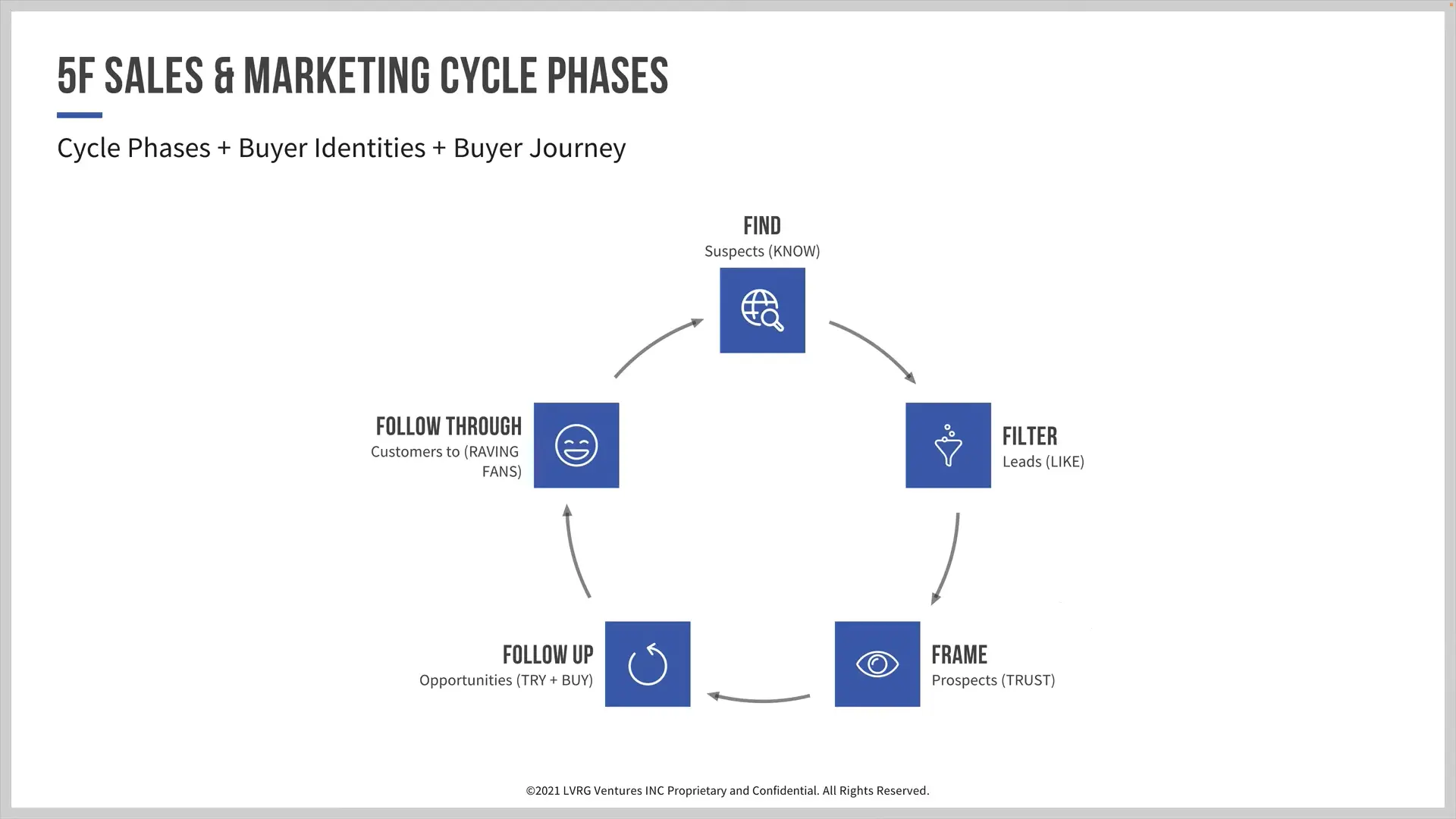If you run a digital marketing agency, you know how time-consuming manual processes can be. Between juggling multiple clients, prospects, and internal tasks, things slip through the cracks. HighLevel workflows help to automate your digital agency.
Hours get wasted on redundant activities. Your team burns out putting out fires.
But what if you could systematize your agency to run like a well-oiled machine?
That’s where marketing automation platforms like HighLevel come in. Specifically, the workflow automation feature.
Workflows are visual automation maps within HighLevel that enable you to map out multi-step marketing sequences happening in the software.
You can visually lay out how contacts will move through your sales and onboarding processes automatically. Similar to funnel builders like ClickFunnels, workflows create an automated customer experience.
The potential of workflows is incredible yet often underutilized.
In this post, I’m going to show you how to leverage workflows effectively to supercharge your agency’s productivity and save hours of redundant tasks.
We’ll break down how to use workflows to:
- Standardize core marketing sequences
- Create reusable funnels and templates
- Automate redundant tasks
- Deliver consistent experiences
- Scale your agency with less effort
Read on to transform your digital agency and drive profits through smart automation!
The Problem With DIY Marketing
First, let’s discuss why so many agencies end up buried in manual marketing tasks…
Despite proven frameworks available, many agencies refuse to systemize their marketing. They think custom crafting one-off sequences for each client demonstrates value. Or doubt automating complex services is possible.
In reality, this insistence on bespoke marketing has the opposite effect.
Custom projects mean constantly reinventing the wheel.

Without workflow templates supporting their process, tasks fall through the cracks. The agency chases its tail but never catches up.
This haphazard approach also negatively impacts clients. Since one-off projects lack standardized procedures, quality, and delays vary wildly. And scarce time for strategic work means recommendations lack big-picture insight.
This hands-on marketing model doesn’t scale well for either agencies or their customers.
The solution lies in creating an automated marketing engine through workflow templates and the 5F methodology I’ll outline for you shortly.
Grab My Free Training
Learn The Four Best High-level Services To Use To Start A Digital Agency FAST!
Overwhelmed By Complex Workflows? Follow These Best Practices
For those new to automation, workflows can feel overwhelmingly fast!
You excitedly build sequences and funnels galore. Then come back later lost in a mess of crisscrossing automation.
Before you get workflow paralysis, follow these best practices:
Maintain the Big Picture
Don’t create workflows willy-nilly. Have an organized structure for your core marketing sequences. In this post, I’ll detail a framework called the 5F for streamlining your automation approach.
Use a Naming Convention
Standardize workflow names so you know what each one does at a glance. This prevents cracking them open to decipher every step.
Keep it Simple
The most practical automations feature straightforward logic focused on one goal. Chaining elaborate sequences looks cool but gets hairy fast.
Modular Approach
Build smaller standalone workflows that pass contacts between sequences. As opposed to giant catch-all funnels.
Use a Checklist
Dot your I’s and cross your T’s by running through a checklist before activating workflows. This catches errors that impact each person going through.

Armed with those tips, let’s see how workflows transform digital agencies.
3 Types of Workflows To Automate Your Agency
Broadly speaking, there are three buckets workflows fall into:
- Function-Specific:
Covers simple triggers like SMS follow-ups. Useful for automating one-off tasks. - Funnel-Specific
Full sequences that guide contacts through multi-touch marketing funnels. - Core Sales & Marketing
Standardized sequences for your universal lead nurturing and sales processes across clients.
Mapping workflows to these groups keeps related automation together, eliminating confusion down the line.
Now let’s explore examples for each workflow type and how they eliminate agency headaches.
Function-Specific Workflows In Action
Function-specific workflows handle simple one-off tasks. They integrate seamlessly with your other sequences to reduce redundant manual operations.
Some examples of function-specific automation:
Missed Call Textback
Pain Point: Sales reps waste time playing phone tag with prospects.
Workflow Solution:
- Prospect calls and leaves a voicemail
- Workflow triggers SMS reply to book a meeting
This simple 2-step automation eliminates a mundane back-and-forth. Reps connect with more prospects per day.
Appointment Reminders
Pain Point: Clients forget consultations and calls.
Workflow Solution:
- Sync calendar with workflow triggers
- Automated SMS and email reminders before each meeting
Set-it-and-forget-it meeting reminders reduce no-shows and keep the calendar full.
Appointment Reminders
Pain Point: Looming project due dates slipping through the cracks.
Workflow Solution:
- The integration connects project management software
- Workflow sends deadline reminders to account managers
- Late deliverable email alerts keep leadership informed
Critical project tracking and notifications without round-the-clock micromanaging.
Customer Re-Engagement
Pain Point: Inconsistent check-ins lead to churn.
Workflow Solution:
- 90 days no contact? Trigger targeted promo offer
- If no response, schedule a check-in call to discuss the needs
- Ongoing win-back and cross-sell sequences
Proactive customer retention workflows pay for themselves 10X over.
As you can see, function-specific automation handles critical one-off tasks to reduce daily fires.
Now imagine workflows streamlining each rote activity currently wasting your team’s bandwidth. This is where you can level up productivity even more with a full marketing funnel workflow.
Funnel Workflows: Create Fill-In-The-Blank Sequences
Funnel workflows guide contacts through intricate multi-step sequences. These automate your core new customer generation processes for consistent execution.
Because funnel workflows standardize your proprietary marketing methodology, they become fill-in-the-blank templates for each new client. Simply plug in the client’s brand assets and industry specifics without reinventing the wheel each time.
Some examples of customizable funnel workflows:
Free Audit Promotion Funnel
Pain Point: Inconsistent consulting lead generation
Workflow Solution:
- Prospect opts-in for audit checklist
- Receives daily tips for preparing documentation
- The sequence concludes by booking an audit call
SQL Lead Acceleration Funnel
Pain Point: Long sales cycles in sophisticated industries
Workflow Solution:
- Gate first-party research reports with contact forms
- 5-email nurturing sequence mixes value and promotional
- The final email includes a case study matching their role
Healthcare Patient Onboarding Funnel
Pain Point: Complex insurance onboarding riddled with drop-off
Workflow Solution:
- Welcome SMS delivers forms and directs them to the portal
- The patient portal houses video explanations for each document
- Email reminders and assistance until the paperwork is completed
These multi-faceted workflows automate intricate marketing funnels end-to-end without ongoing involvement.
Now imagine customizable funnel blueprints handling all your core customer acquisition scenarios and powering consistent lead management. That’s why never sell HighLevel as a Saas.
Core Marketing Workflows: Standardization At Scale
For agencies juggling an array of clients, inconsistent processes kill productivity and quality. When unique scenarios call for custom work, standards fall by the wayside.
Core marketing workflows embed standards across accounts without sacrificing personalization where it matters most—the creative messaging.
Tactically, these workflows handle processes like:
- Lead nurturing
- Sales cadences
- Customer onboarding
- Client reporting
- Cross-selling & retention campaigns
- Quoting and proposals
- Plus many more
Workflows standardize best practice sequences while dynamically pulling in per account data like:
- Client brand assets & info
- Contact names & specifics
- Previous order details
- Website/CRM data
- Conditional logic and more
This framework creates the consistency needed for repeatable processes while avoiding a one-size-fits-all rigidity.
For example…
Lead Nurturing Master Workflow
Pain Point: Spotty follow-up for sales leads.
Workflow Solution:
- 5 email nurturing sequence over 2 weeks
- Standardized copy and format
- Email content dynamically pulls custom data
- Final email attempts scheduling based on role
Rinse and repeat this lead nurturing sequence for all new signups, swapping personalized details dynamically each round.
Standardized Workflows Are The Ties That Bind
Without core standard workflows, agencies eventually drown in disorder. Implementing framework automation aligns cross-client processes.
Now staff can function proactively rather than stamp out daily spot fires. The lifting becomes lighter as centralized engines do the heavy work.

Next, a complete marketing architecture using the 5F methodology ties all these workflows together…
How The 5F Framework Streamlines Marketing Automation
As mentioned before, avoiding workflow sprawl starts with an organized automation structure.
The 5F framework helps create this logical map.
The 5 Fs are:
- Find 🔍
- Filter 🗂️
- Frame 🖼️
- Follow Up 📞
- Follow Through ✅

Here’s how each stage plays together:
- Find: Cast your net wide to capture lots of leads through ads and offers.
- Filter: Separate hot, sales-ready leads from the pack for immediate follow-up.
- Frame: Nurture and educate cold leads so they prefer your services.
- Follow-up: Schedule sales calls and demos for qualified, interested leads.
- Follow Through: Deliver promised marketing services to customers.
This methodology structures your agency’s entire marketing sequence. It pulls together disparate workflows into a cohesive system.
Putting The 5F Framework Into Action
Based on the 5F model, your automated marketing machine might look like this:
- Find leads through networks, referrals, ads, etc.
- Filter via lead magnet + micro-commit offers
- Frame qualified leads over 2-4 weeks via nurture tracks
- Follow up via sales call booking/calendar scheduling
- Follow through on delivering services
Within each stage, build workflows to handle core sequences:
Filter Workflows
Nurture subscribers towards high-intent offers through quizzes, surveys, and assessments to raise their hands.
Frame Workflows
Share useful info to position your agency as a trusted advisor before follow-up calls.
Follow Up Workflows
Schedule meetings and demos with sales-ready prospects once they convert.
Etc. for the other stages…
This creates an end-to-end marketing engine powered by workflows under one methodology. Now your automation efforts compound instead of competing.
Also, check out how to use HighLevel to get to $10K per month.
5 Reasons The 5F Framework Is Essential
The 5F methodology uniquely positions your agency for scalable success via automation by:
- Creating an organized structure: The stages act as a framework to plan key sequences needed at each phase, from lead gen to customer fulfillment.
- Optimizing workflows operationally: The methodology guides workload distribution across marketing, sales, and account management staff.
- Enhancing budget efficiency: The compartmentalized sequences simplify reporting to optimize the highest converting workflows.
- Automating hands-off: The functional independence of each sequence makes the methodology resistant to potential malfunctions paralyzing an entire complex automation.
- Accelerating onboarding: With the entire marketing engine mapped out under the 5F, fast-tracking client setups becomes plug-and-play integration into predefined sequences.
The Big Takeaway on Marketing Agency Automation
Here’s the key truth—if you don’t take control of your marketing, it will never be as effective as possible.
Hoping to manually run coordinated sequences across a growing customer base is just not realistic long term.
That’s where comprehensive automation through workflows comes in for today’s digital agencies.
The benefits speak for themselves:
📈 10X more marketing touches
⏱️ Hours saved weekly avoiding manual work
💰 2-3X customer lifetime value
📊More new business revenue
Furthermore, the 5F provides the blueprint for architecting the marketing engine under a proven platform.

It allows agencies to shortcut years spent fumbling before finding an organization system that structures the automation mountain into moveable feats.
Are You Ready To Transform Your Agency?
So are you ready to step firmly into the future with workflows fueling your agency’s growth? It’s time to tame the chaos and leap ahead of competitors still wasting time on avoidable tasks.
Now that you understand the incredible potential of marketing automation, just dive in and start putting together your first workflows!
Begin planning your 5F sequences, function-specific automation, and customer onboarding funnels, and in no time, you’ll scale your agency to new heights on the back of your automated empire!
I hope this post will help you overcome the potential overwhelm of implementing workflows by using proven frameworks and best practices so you can systemize your agency to scale growth exponentially.
All the best,

PS – I made six shifts in my approach to building my business that allowed me to grow quickly and stop trading my time for money. You can learn them here. 👈🏻
PPS – Here are two ways to get involved with our community of entrepreneurs. Both will give you everything you need to go from where you are today to running a successful seven-figure agency:
Click here to sign up for Go HighLevel CRM through me. All of my Go HighLevel CRM customers get access to Moguls for FREE—Just part of the huge Bonus Package I provide. To see the full Bonus Package click here.
Click here to join Moguls directly. You’ll get access to all of our live boot camps, content, and community that have helped folks just like you scale to seven figures and beyond!



